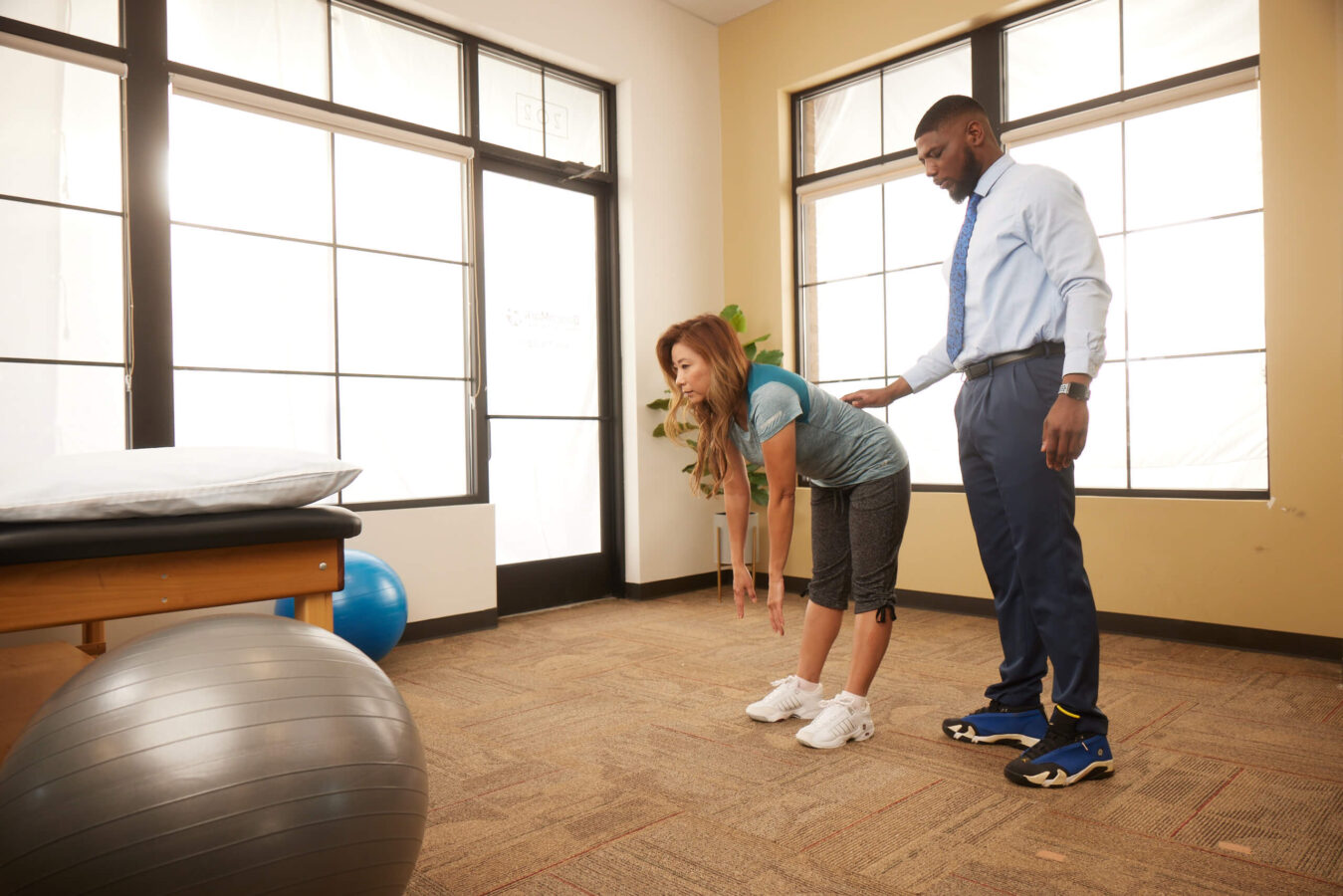
Medically reviewed by Misty Seidenburg
You’ve probably pulled a back muscle at some point. Pain and muscle spasms after lifting something heavy or bending or falling in an awkward way are telltale signs of a muscle strain. But a pulled muscle isn’t always the result of a sudden injury.
You can also develop a muscle strain from sustained awkward postures or a sedentary lifestyle that leads to weakened sluggish back muscles. Excess weight and pregnancy also put excess stress on back muscles, making them more prone to injury.
Fortunately, you don’t have to live with back pain from a pulled muscle. Here are the most effective ways to treat a muscle strain at home and with the guidance of a licensed physical therapist.
A muscle strain, or a pulled muscle, is an injury to the muscles or the tendons, which are the fibrous bands of tissue that connect muscles to bones. Minor strains may involve overstretching of the tissues, while more severe strains involve partial or complete tears of the muscles or tendons. A muscle strain is a common cause of back pain.
The discomfort of a pulled back muscle ranges from a minor nuisance to pain that is downright debilitating, making it difficult to sit, stand, and bend.
General signs and symptoms of a muscle strain include:
Muscle strain pain can also vary depending on where in the back the injury occurred.
If you pull a muscle in the upper back or shoulders, you may have:
If you pull a muscle in the lower back, you may have:
A muscle strain in the back can often be treated at home, and these tips generally apply to pulled muscles throughout the body. The most recent school of thought for treating soft tissue injuries involves the catchy acronym: P.E.A.C.E and L.O.V.E.
The P.E.A.C.E and L.O.V.E protocol differs from the well-known RICE or PRICE approach to treating soft-tissue injuries in that it addresses every stage of tissue repair and avoids treatments that may interfere with the healing process.
And
If your pain and mobility challenges do not improve with at-home care, or you are hesitant about resuming activity that may worsen your injury, it may be time to try physical therapy.
Your muscle strain treatment plan might include:
Every treatment plan is unique and depends upon the patient’s degree of strain and their symptoms. Schedule a physical therapy assessment to address your back pain and take the first steps toward healing.
Even if you suspect a pulled muscle, it’s good to be aware of the possible signs of a more severe condition. Contact your healthcare provider if you have constant pain, stabbing pain, leg pain or numbness, a fever, or you cannot stand or walk. It’s best to be cautious and see your provider to rule out serious conditions and obtain an accurate diagnosis.
For strains, sprains, and other musculoskeletal conditions, physical therapy may be the key to relief. Find a physical therapy clinic near you.

